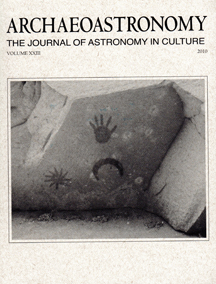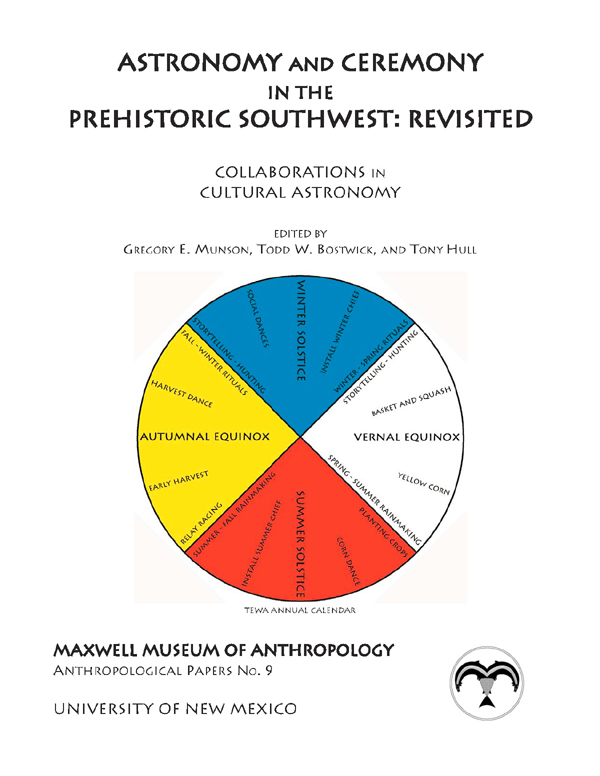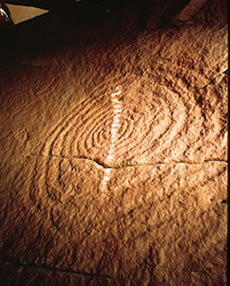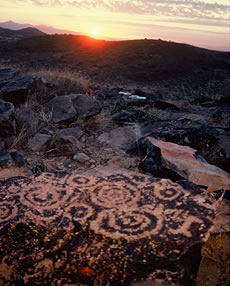SCAAS 2025 Colorado Gives Campaign Colorado Gives Day is Here!
Today is Colorado Gives Day, and it is the largest day for online fundraising for nonprofits across Colorado. Join the Society for Cultural Astronomy in the American Southwest (SCAAS) during this season of giving and help us with our Cultural Landscapes Survey Program. Your donations, large or small, add up to making an impact on research in cultural astronomy and preservation of cultural landscapes in the Greater American Southwest. With your help, we are working to assist in returning traditional cultural knowledge to the Native American and Indigenous peoples whose ancestors inhabited these vast landscapes a millennia ago. Working to preserve and protect this knowledge in the right way takes resources. We need your help today to continue our projects and programs for the benefit of future generations. So far, we have raised $1,925.00 of our goal to raise $5,000! Your donation now will help us get across the finish line. Amplify your impact by making a monthly recurring donation as Colorado Gives Foundation will match your first month's donation up to $100. Any donation by the end of Dec. 9th will add to our Colorado Gives Day totals and qualify us for a share of an incentive fund along with cash awards and prizes. Giving begins now! Give where you live and support SCAAS on December 9th and throughout the year at: Best Regards, Greg Munson SCAAS Membership & Donations Manager SCAAS Awarded Colorado State Historical Fund Grant
Jackson’s Castle is a larger sensitive archaeological site located in the backcountry of Canyons of the Ancients National Monument. We worked on this proposal throughout 2024 and the grant was awarded in January 2025. We will be conducting drone and terrestrial photogrammetry, architectural documentation, calibrated horizon profiles, recording one new site and updating the Jackson’s Castle site form. Mary Weahkee is the Project Archaeologist and Greg Munson is the Field and CSHF Project Director. The project has a focus on training our Native American crew members, Mary Weahkee and Bertram Tsavadawa, in the technical operations required for photogrammetry and calibrated horizon profiles as well as gaining their cultural interpretations and consultation on what we learn in the field.
|
Your support and donations make it all happen! The Society needs your help. Your donations support our mission, our programs and our ability to raise additional funding through grants and other fundraising campaigns. We have teamed up with the Colorado Gives Campaign to help you help us. To donate go to: https://www.coloradogives.org/organization/Society-For-Cultural-Astronomy-In-The-American-Southwest |
|
Our programs like the Cultural Landscapes Survey Program and Journal Club are dependent on our ability to raise donated and grant funds for these efforts. Donating is easy, go to: SCAAS Colorado Gives Donation Page Greg Munson SCAAS Fundraising Coordinator |
|
“Envisioning a Cultural Landscape” By SCAAS Cultural Astronomy Researcher Greg Munson Sponsored by Old Pueblo Archaeology Center, PO Box 40577, Tucson AZ 85717 Greg Munson (Society for Cultural Astronomy in the American Southwest) discussed new ways to record, document, and visualize the cultural landscape of the Greater American Southwest. The program emphasized the SCAAS Cultural Landscapes Survey Program, which has tribal consultation as a key component. At the center of the program is expanding the concept of the archaeological site boundary to include resources from the local environment, relationships to nearby villages, how the architecture relates to the more distant landscape, and a building’s alignment to horizon features such as mountain peaks. SCAAS studies the connection of a site to astronomical cycles and features in the day and night sky and explores new technologies for the visualization of buildings and the landscape like the use of dynamic panoramas, 3D modeling, and infographics. Its goals include establishing a common method of documenting and visualizing links between ancestral peoples and the land and sky that surrounded them so that we can better understand that we live in a unified cultural landscape, inseparable from its parts. The program was recorded and is now posted to the Old Pueblo Archaeology Center's YouTube Channel at: https://www.youtube.com/watch?v=Ib4s_9McWo0 Please enjoy these additional Zoom lectures sponsored by our friends at Crow Canyon Archaeological Center. What All of Us Can Learn from the Old Ones with Dr. Scott Ortman https://youtu.be/WWWfM6gVlYc?si=L5bfC6kc4wsLqkml Seeking My Center Place: Migrations through Science and Tradition with Lyle Balenquah https://youtu.be/Eh86t2Kcueo?si=BSl0CKF8toHPiudw
If you are interested in our Society, its mission and our developing field research program - please sign-up for your membership with the links below. To join or renew your membership with the Society - Join Us Financially support the Society with your Sponsor Membership - Sponsor Memberships SCAAS launches Journal Club! Journal Club WebpagePlease enjoy these
The Society launched its Journal Club in July 2021. The Journal Club is a member's resource and a forum to discuss two papers or articles of interest, normally one from a SCAAS member and one from a qualified researcher on related topics. The event is held via Zoom and the sessions are being recorded for later posting on our You Tube Channel - SCAAS.Connects2U. You must be a member to access downloadable copies of the papers and articles to be discussed at the Journal Club meetings. The public is welcome to attend the meetings.
|
||
|



 The American Southwest was one of the early and fruitful areas of cultural astronomy study, and remains so to this day. However, the opportunity for professional and avocational cultural astronomers to share their research has been limited. The first biennial
The American Southwest was one of the early and fruitful areas of cultural astronomy study, and remains so to this day. However, the opportunity for professional and avocational cultural astronomers to share their research has been limited. The first biennial  The next event held was the
The next event held was the 
